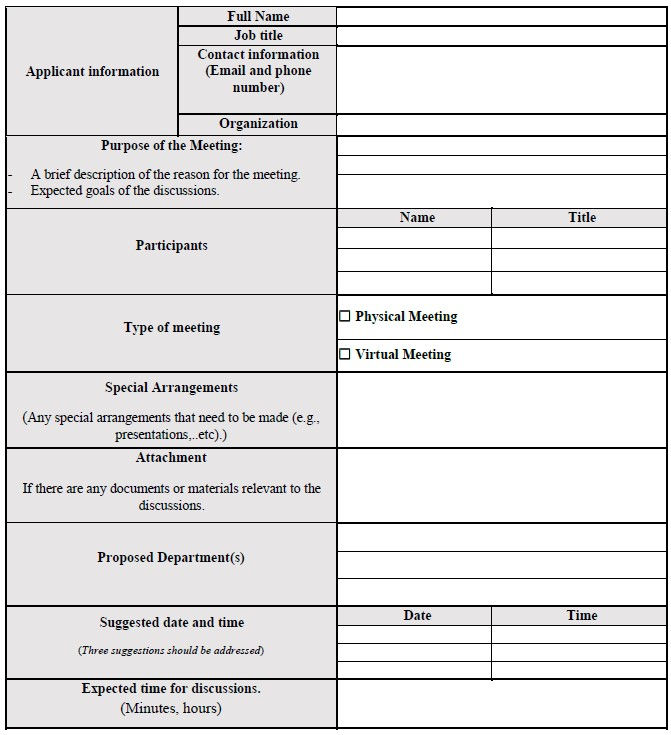EMA: Guidance on Paediatric Submissions & Scientific Guidelines with SmPC Recommendations
- Sharan Murugan

- Jan 13, 2024
- 1 min read
Updated: Jan 18, 2024
Developing drugs specifically for paediatric use comes with its own set of challenges, including ethical considerations, appropriate dosing, and safety profiles tailored to younger patients. To address these challenges, regulatory bodies like the European Medicines Agency (EMA) have established guidelines for the submission of paediatric data.

Yesterday 12th January 2024 the European Medicines Agency released an updated scientific guideline "Guidance on Paediatric Submissions" which outlines paediatric submission steps and details the list of required documents by procedure type such as Paediatric investigation plan (PIP) and product-specific waiver submissions and much more. This guidance aims to increase the availability of authorised medicines for children and improve the quality of information on the use of medicines in this population.
To streamline the submission process for paediatric studies, the EMA has introduced the Syncplicity Web Client. This platform is designed to facilitate the electronic submission of documents related to paediatric medicines, including clinical trial data, study reports, and other relevant information.
A Research product identifier (RPI) number is required and mandatory for all paediatric procedures and if your product does not yet have an RPI, follow the IRIS guide to registration and requests must be done via the EMA IRIS system.
To download the forms and templates, how to save them before being completed and especially how to name the documents as per the paediatric submission naming conventions, click this LINK.
Also, EMA released an updated guideline on "Scientific guidelines with SmPC recommendations" that gives the reference to the different sections of the SmPC and their respective guidelines that need to be adhered to.


Comments